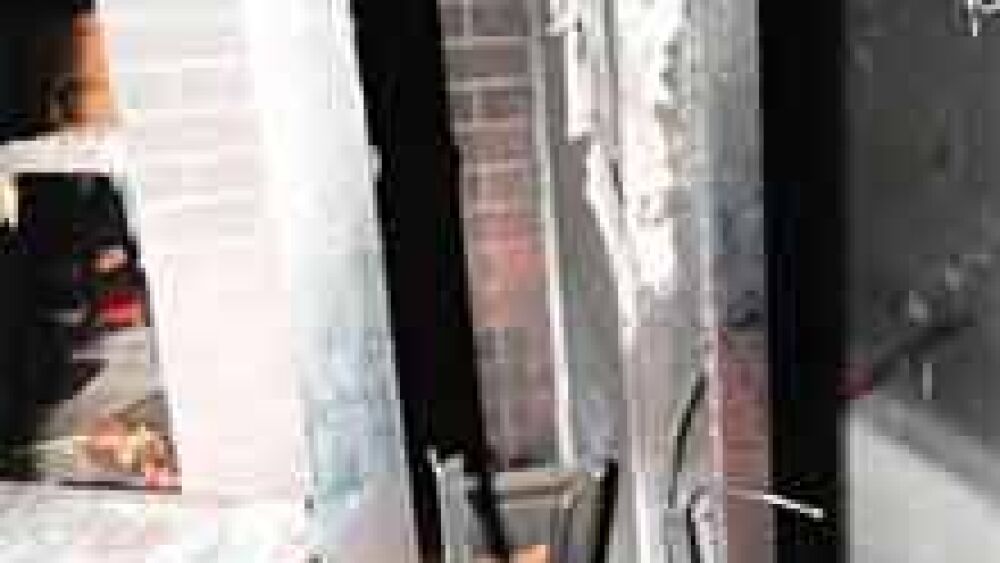By Ken Robinson
FireRescue1 Associate Editor
PRINCE GEORGE’S COUNTY, Md. — Improper tactics and lack of survival skills training contributed to the critical injuries of a disoriented firefighter in a Maryland house fire, according to an investigation.
Prince George’s County Firefighter/Paramedic Daniel McGown was critically injured with first and second degree burns to the face and neck, along with respiratory burns that extended down into lung tissue in April 2009.
Two other firefighters received first- and second-degree burns to their ears.
The three were operating the first attack hose line in the kitchen area of the home when Firefighter McGown became disoriented after he was struck by an object believed to be a ceiling fan, and attempted to find an exit by standing up.
Searching for a way out, he mistook a glass door inside the house as an exterior door and thought a brick fireplace was an outside wall, an internal report released Wednesday said.
Believing he had exited to the front porch, Firefighter McGown removed his helmet, mask and hood.
Marks on the wall indicate Firefighter McGown “searched frantically” for an exit and was within one foot of the window he would later be rescued from, the report said.
Eight minutes after the first apparatus arrived on scene, a mayday was issued and crews found Firefighter McGown unresponsive with his helmet, mask, hood and gloves removed.
Evidence from the other two injured firefighters suggests a flashover or rollover occurred.
“Damage noted to the SCBA units in use by these two fire fighters is consistent with damage often seen in flashover or rollover conditions,” the report said.
One of the injured firefighters, an instructor for flashover simulation training, confirmed that the conditions mirrored those seen in the simulator.
Safety breakdowns
Investigators say Firefighter McGown “failed to follow or implement basic fire fighter survival skills and techniques” as he did not call a mayday or radio for assistance, and never manually activated his PASS device.
A more thorough size-up report than the one given is also necessary at any fire, investigators said.
“The officer of the first due engine did not provide the correct address, number of floors or type of construction which is required by the general order,” the report said. “In addition, a clear description of the conditions found was not communicated.”
Investigators also stressed that interior size-up is just as important as exterior size-up.
“At no time did Command receive an interior size-up from any of the units other than the third due engine reporting conditions in the basement,” the report said.
In addition, a significant delay in establishing water supply for the first fire truck led them to rely on only a booster tank supply for initial operations, which could have become a safety issue, investigators found.
“The booster tank of the first due engine was depleted at nearly the same time as the MAYDAY was declared,” the report said. “Had the removal of the injured fire fighter been complicated, this loss of water could have been a critical factor.”
Poor ventilation, communication and officer supervision also contributed to make conditions less safe, investigators found.
Despite the safety breakdowns, the report still had praise for the response to the mayday, from the firefighters that removed their injured brother to Command who “performed extraordinarily well.”
“Lessons learned by our department can be of value to others in preventing injury and death to firefighters across the country,” Prince George’s County Acting Fire Chief Marc S. Bashoor said in response to the public release of the report originally completed in December, 2009.
“One of our most challenging tasks as an organization is to pause and conduct a thorough and honest critique of ourselves in an incident such as this,” Chief Bashoor said.












